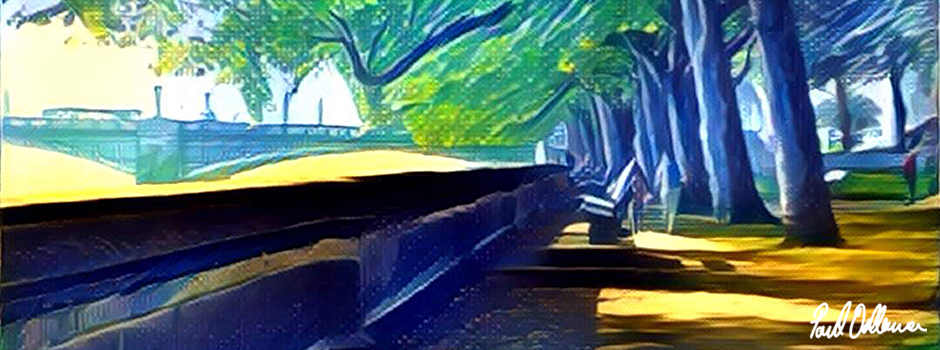REALBasic, the missing Mac GUI for AppleScript
I’m amazed that my 10 year old REALBasic programs still run perfectly on my modern Mac. I can even rebuild those old PPC and universal apps into Intel versions for my 2015 MacBook Pro running El Capitan, all from a REALBasic IDE that was released way back in 2007.
This gives me an idea to write some posts on using REALBasic to fill the empty void that STILL is the ‘AppleScript GUI’ in 2018. Let’s face it AppleScript had some really crappy GUI solutions over the years such as ‘AppleScript Studio’, ‘FaceSpan’ and Xcode. In my opinion current Xcode is still overkill. I can’t think of a neater, simpler and better GUI wrapper than good old REALBasic, or, if you want it more current, subscribe to the modern ‘rake in the money rental from the cloud business model’ version called XOJO.
When Old Stuff is just as good or even better than the new
Suddenly it all makes sense. We don’t always need the latest and ‘so-called’ greatest stuff, when with such efforts to keep up with the ‘capitalist conveyer belt’ we often overlook or cast aside really good older solutions in favour of not so good ‘fashionable’ current offerings.
Not so fast amigo
From my experience of 30 years of Macs it’s always best to leave the original OS on a computer and get that to work ‘efficiently’. Making minor updates is fine but not installing the next version of the OS which invariabley is built and tested on newer hardware, so won’t work optimally with yours.
Make what you’ve already got insanely great
Apple now supply a vanilla OS that is not targeted at any particular language or hardware platform. Pruning your system down to your specific setup recovers many gigabytes of space. On a small flash memory drive, 120GB in my case, this is a no-brainer.
I’ve removed ( and stored on an external USB3 SATA drive):
1. All the non-essential fonts, ie ones that are not required for system display, (This frees up a gigabyte of space)
2. All the superfluous System Library/Extensions ( half a gigabyte) for architecture that doesn’t exist on my computer
3. All the non English dictionaries (three quarters of a gigabyte)
4. All the services I will never use are also removed. ( only 25MB)
5. All the fonts installed by Microsoft and Adobe products ( probably about 400MB). (Font Managers should be used for temporarily running non system fonts).
IN order to remove system fonts and system extensions you’ll need to reboot in recovery mode with Command-R and disable SIP by typing in csrutil disable pressing the ENTER/RETURN key, and then restarting from the menu. Its easiest just to type in csrutil disable; reboot then hitting the ENTER/RETURN key.
Disable stuff you don’t use or need
OK so next I use Terminal to disable the stuff I never use such as Dashboard, Mission control and Spaces.
1. disable dashboard using:
defaults write com.apple.dashboard mcx-disabled -boolean YES && killall Dock
2. disable mission control using:
defaults write com.apple.dock mcx-expose-disabled -bool TRUE && killall Dock
Once you’ve got your computer completely organised you can
3. disable spotlight using:
sudo launchctl unload -w /System/Library/LaunchDaemons/com.apple.metadata.mds.plist

